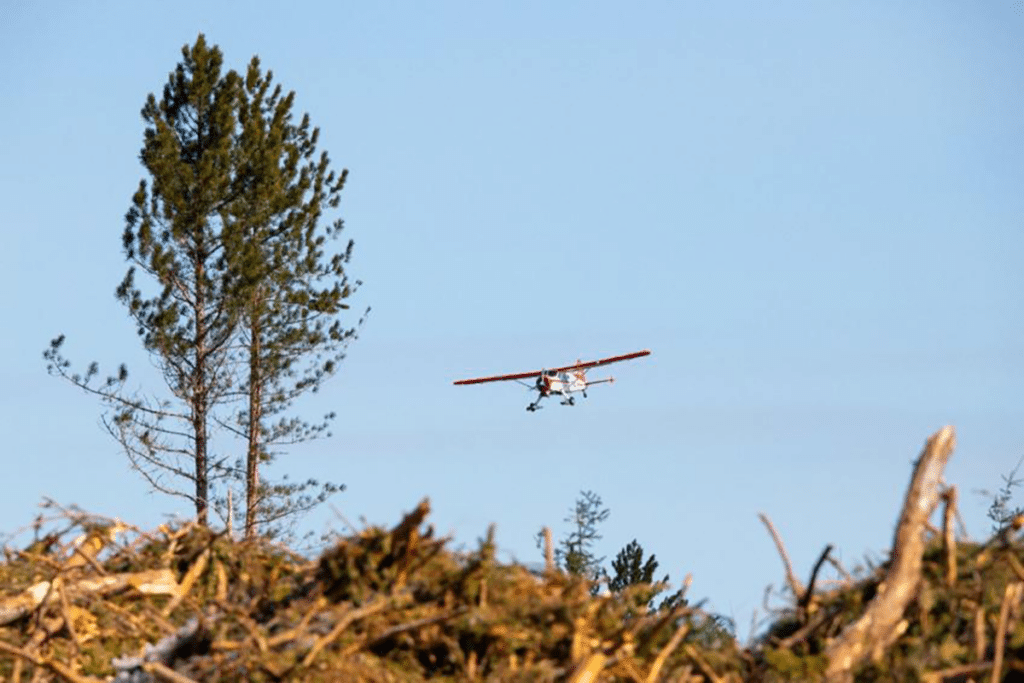
This spring, the USDA Forest Service conducted aerial reseeding over hundreds of acres as part of ongoing efforts to restore a previously pristine area. The Greenwood Fire burned over 26,000 acres in the Superior National Forest (SNF) and earned the title of the most extreme wildfire event of 2021. To prevent further complications, the Boundary Waters Canoe Area Wilderness (BWCAW) underwent its first temporary closure since the 1970s.
Restoration has been ongoing
The USFS, in partnership with The Nature Conservancy, has been working to restore the region that was impacted. The wildfire, suspected to have been caused by a lightning strike, resulted after a long season of dry conditions. At the time of the incident, three watersheds of northern Minnesota had experienced “exceptional drought intensity”, according to the DNR.
The Forest Service has continued to coordinate with Tribes, the state, and private landowners to plan ongoing forest restoration projects. Some of these projects include tree planting, aerial seeding, and planting along lake and stream sides.
As a result, over 155,000 new trees have been planted. Crews have invested long hours planting a variety of tree species, aiding in the recovery of Minnesota forests. The diversity will contribute to resilience against the impacts of climate change.
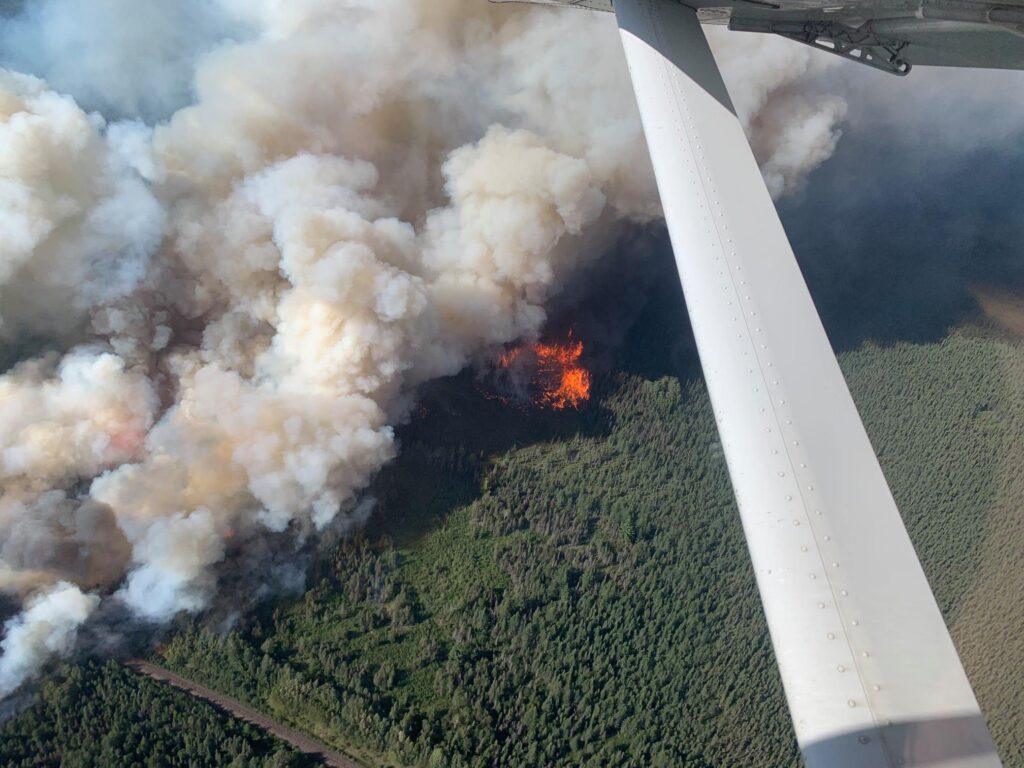
Over the past couple of weeks, Beaver aircraft have flown over parts of the state, spreading black spruce seed over 565 acres. The agency employs this method as it is the fastest way to evenly cover a large area.
Black spruce, a slow-growing evergreen, can reach fifty feet in height. Depending on conditions and wildfire impacts, stands can survive for over 200 years. Thin and scrappy in appearance, they’re commonly found around peatlands. Native to the boreal forest, they thrive within the BWCA wilderness.
In a previous article by MPR, DNR forester Anna Heruth said that establishing trees quickly provides the greatest chance for recovery. If the agency waited for things to recover naturally, the trees might not return at all.
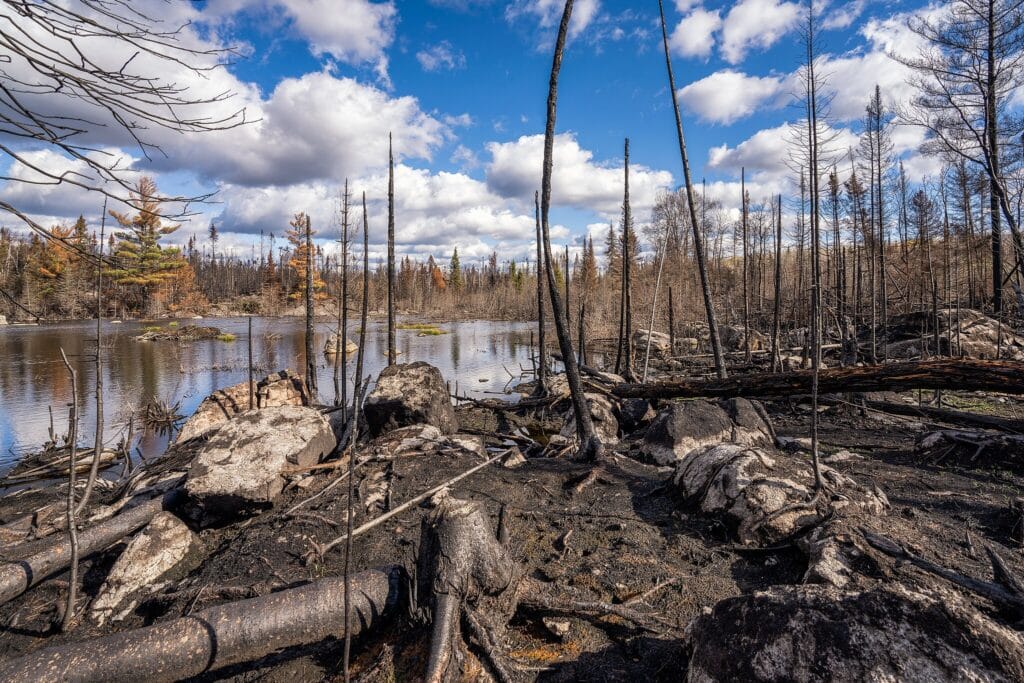
Minnesota forests evolve through wildfire
Fire is vital to the Quetico Superior ecosystem. Indigenous people first managed forests through burning. Later on, Europeans suppressed fires in support of farming and grazing. To create a balance, the DNR conducts controlled burns to remove old vegetation. Making room for new growth, fires also help reduce the spread of invasive species. Consuming excess fuel such as dead trees, reduces the risk of a larger, more catastrophic wildfire. Overall, this equals a healthier forest and habitat for plants and animals.
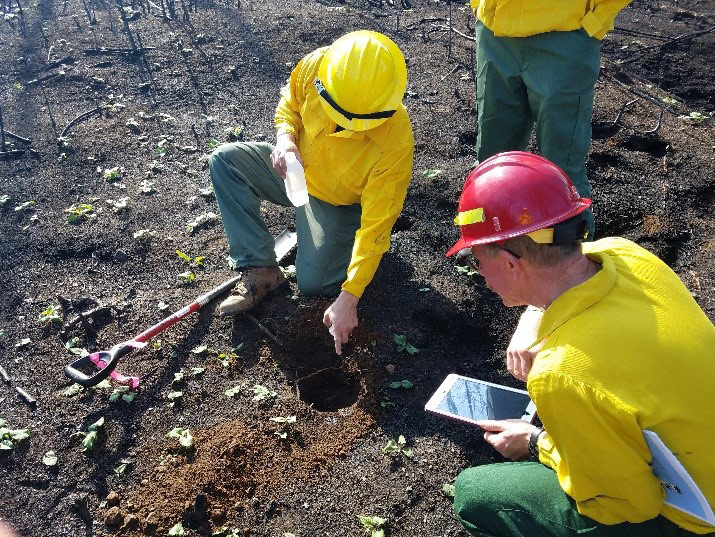
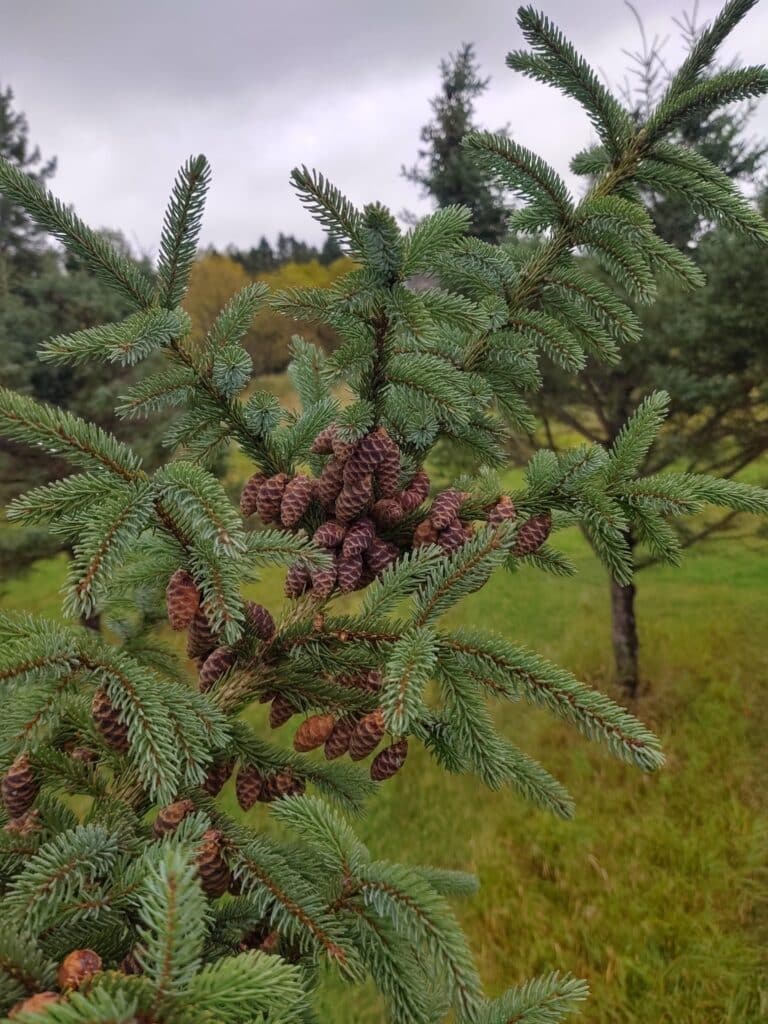
More info:
- Video of USFS beaver plane reseeding with black spruce – USFS Facebook
- Replanting a resilient forest in the ashes of the Greenwood Fire – MPRNews
- The benefits of prescribed fire on natural areas – MNDNR

Wilderness guide and outdoorswoman Pam Wright has been exploring wild places since her youth. Remaining curious, she has navigated remote lakes in Canada by canoe, backpacked some of the highest mountains in the Sierra Nevada, and completed a thru-hike of the Superior Hiking Trail. Her professional roles include working as a wilderness guide in northern Minnesota and providing online education for outdoor enthusiasts.

